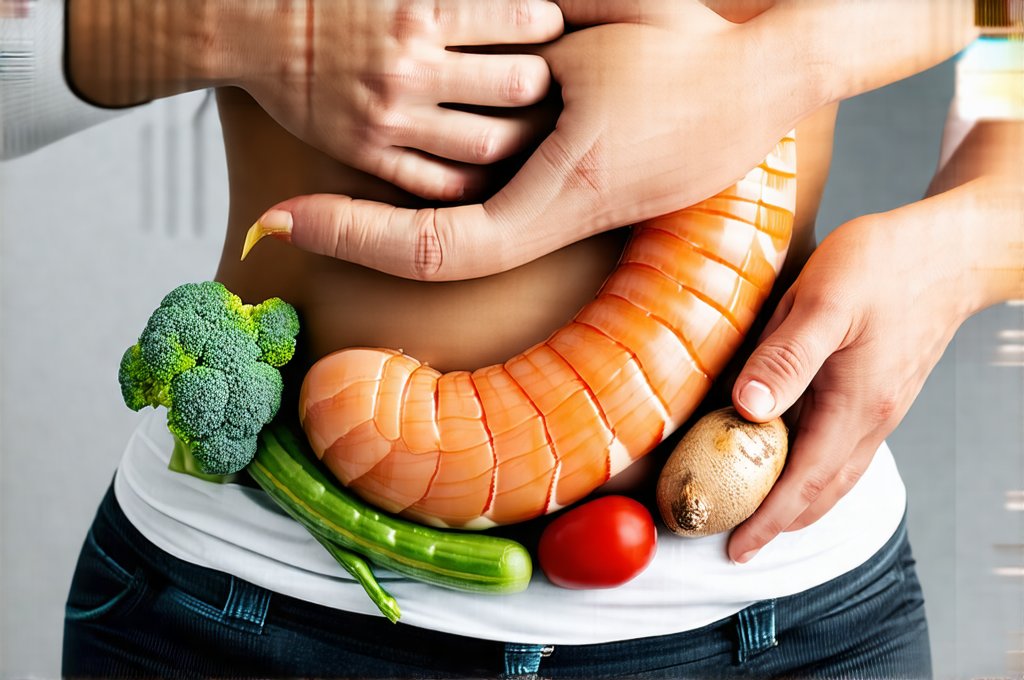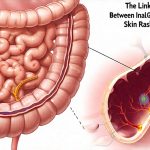Many people experience digestive discomfort – bloating, gas, abdominal pain, diarrhea, constipation, or even seemingly unrelated symptoms like fatigue and skin issues – without knowing the underlying cause. Often, these symptoms are triggered by specific foods, but identifying those triggers can be a frustrating process of elimination. A systematic approach to food sensitivities and intolerances is crucial for regaining control over digestive health, and that’s where an elimination diet strategy comes in. This isn’t about restrictive dieting or labeling foods as “bad”; it’s about temporarily removing potential irritants to give your gut a chance to calm down, then carefully reintroducing foods to pinpoint what’s causing problems.
The elimination diet is a powerful tool for understanding your body’s unique responses to food. It differs significantly from fad diets that focus on weight loss or specific macronutrient restrictions. Instead, it focuses on identifying the root causes of digestive distress and empowering you to make informed dietary choices. This strategy requires commitment and patience, as it’s a process of self-discovery rather than quick fixes. It’s important to note that an elimination diet is best undertaken with guidance from a registered dietitian or healthcare professional, particularly if you have underlying health conditions or are concerned about nutritional deficiencies during the process. Understanding gut flora imbalance can be a first step in understanding your triggers.
Understanding the Elimination Diet Process
The core principle behind an elimination diet is simple: remove foods likely to cause inflammation or digestive upset for a defined period (typically 2-3 weeks), then systematically reintroduce them one by one while carefully monitoring your body’s response. This allows you to directly observe how different foods affect your symptoms, helping you identify personal triggers. The initial elimination phase isn’t about deprivation; it’s about creating a “clean slate” for your digestive system. Common culprits removed during this phase include dairy, gluten, soy, corn, eggs, nuts, shellfish, and certain additives like artificial sweeteners and food dyes. It is important to remember that the specific foods eliminated should be tailored to individual needs and suspected sensitivities. Managing reactions to common triggers can feel overwhelming, but a plan can help.
The reintroduction phase is arguably even more crucial than the elimination phase. This is where you bring back each food individually, one at a time, over several days. This allows sufficient time to observe any delayed reactions or cumulative effects. For example, if you reintroduced dairy and experienced bloating two days later, it’s likely that dairy is a trigger for you. It’s vital to keep a detailed symptom journal during this phase, documenting everything you eat and how your body reacts – be as specific as possible about the type of symptoms, their severity, and when they occur. This data will provide valuable insights into your individual food sensitivities.
- Phase 1: Elimination (2-3 weeks) – Remove common trigger foods.
- Phase 2: Reintroduction (several weeks) – Introduce one food at a time while monitoring symptoms.
- Phase 3: Personalization – Create a long-term dietary plan based on your findings.
Foods to Consider Eliminating and Reintroducing
While there isn’t a ‘one size fits all’ list, certain foods are frequently implicated in digestive issues and are often the starting point for an elimination diet. Dairy is a common offender due to lactose intolerance or sensitivities to dairy proteins. Gluten, found in wheat, barley, and rye, can cause problems for individuals with celiac disease or non-celiac gluten sensitivity. Soy is another frequent trigger, especially for those with gut issues. Corn and its derivatives are often hidden in processed foods and can contribute to inflammation. Eggs are a relatively common allergen. Beyond these, nuts, shellfish, artificial sweeteners, food dyes, and even certain high-FODMAP foods (more on that below) may need to be eliminated depending on your individual symptoms. A low fat diet can sometimes ease digestive upset.
The process of reintroduction is key – don’t simply add everything back at once! Start with small portions of a single food, and observe for 2-3 days before introducing another. If you experience any adverse reactions, immediately stop the reintroduced food and wait until symptoms subside before trying a different one. It’s also important to consider hidden sources of eliminated foods – gluten can be found in unexpected places like sauces and seasonings, while dairy may be present in processed meats or breading. Careful label reading is essential for accurate results. Remember that an elimination diet isn’t about permanent restriction; it’s about identifying what your body tolerates and creating a sustainable eating plan.
Identifying FODMAPs as Potential Triggers
FODMAPs (Fermentable Oligosaccharides, Disaccharides, Monosaccharides, And Polyols) are short-chain carbohydrates that can be poorly absorbed in the small intestine, leading to fermentation by gut bacteria and subsequent digestive symptoms. Many people with Irritable Bowel Syndrome (IBS) find significant relief by following a low-FODMAP diet. Foods high in FODMAPs include:
- Fruits: Apples, pears, mangoes, watermelon
- Vegetables: Onions, garlic, broccoli, cauliflower
- Dairy: Milk, yogurt, ice cream (containing lactose)
- Legumes: Beans, lentils
- Wheat & Rye: Bread, pasta
A low-FODMAP diet is often implemented in a similar phased approach to a standard elimination diet. First eliminate high FODMAP foods for 2-3 weeks and then slowly reintroduce them one by one, monitoring symptoms closely. It’s important to work with a registered dietitian specializing in gut health if you suspect FODMAP intolerance, as the diet can be quite restrictive and requires careful planning to ensure adequate nutrient intake. You might also consider how inactivity impacts digestion.
The Importance of Symptom Tracking
Keeping a detailed symptom journal is arguably the most important part of an elimination diet. This isn’t just about noting “bloating” or “gas”; it’s about being specific and comprehensive. Record what you ate, when you ate it, and how your body reacted – including the time of day symptoms appeared, their severity (on a scale of 1-10), and any other relevant details like stress levels or physical activity. Be sure to include everything: even seemingly harmless snacks or drinks can contribute to digestive issues.
A well-maintained symptom journal will allow you to identify patterns and correlations between specific foods and your symptoms. For example, you might notice that bloating consistently occurs after consuming dairy products or that abdominal pain flares up when you eat gluten-containing foods. This information is invaluable for making informed dietary choices and developing a personalized eating plan. Several apps are available to help with symptom tracking, but even a simple notebook can be effective.
Working with Healthcare Professionals
While an elimination diet can be done independently, it’s always best undertaken with the guidance of a registered dietitian or healthcare professional. They can help you tailor the diet to your individual needs and ensure that you’re still getting adequate nutrition during the elimination phase. They can also assist in interpreting your symptom journal and developing a long-term dietary plan. Additionally, if you have underlying health conditions like celiac disease or food allergies, it’s crucial to work with a healthcare professional to avoid complications.
- Registered Dietitian: Can help design a personalized diet plan and interpret symptoms.
- Healthcare Professional: Essential for managing underlying health conditions and ensuring nutritional adequacy.
- Allergist/Immunologist: Important if you suspect food allergies beyond intolerances or sensitivities.
Remember, an elimination diet is not about restrictive dieting; it’s about empowering yourself to understand your body and make informed choices that support optimal digestive health. It requires patience, commitment, and a willingness to listen to what your body is telling you. Understanding late-onset triggers can also be helpful in the process. And don’t forget about managing triggers when dining out. Finally, remember to address issues related to a lack of gut diversity for optimal gut health.


















